About Arta Peptidion
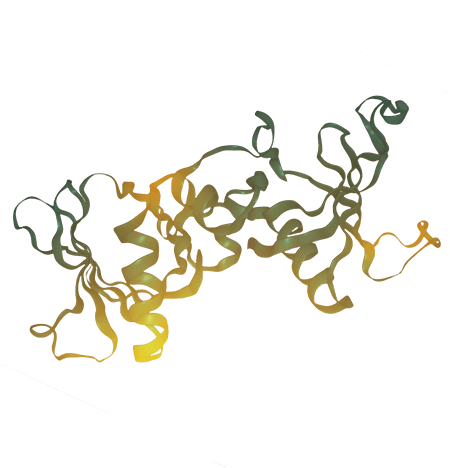
Research, Versatility and Flexibility
are our Superpowers
We think of a project as a long-term relationship with the customer company and are committed to developing effective communications with our clients, by engaging in a two-way dialogue and mutual exchange of ideas, in order to provide satisfactory solutions in the shortest time possible.
Arta Peptidion provides concrete scientific solutions that meet the challenges facing businesses operating in the human and veterinary pharmaceuticals field and in the food industry.
A new Biotechnology Company
As a new biotechnology company, our daily mission is to identify and develop the parent molecules of a new therapeutic class (first-in-class) that offer major advantages over those currently available (best-in-class).
Choosing to work with Arta Peptidion means being able to rely on sound scientific expertise and a pragmatic outlook, combined with the flexibility required to offer custom-made solutions and appropriate answers to different business needs.
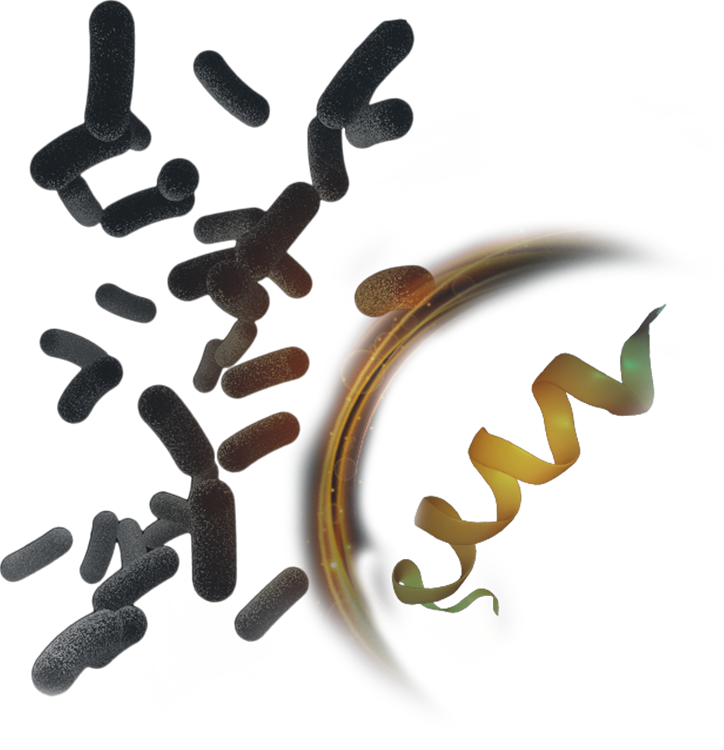
About Arta Peptidion
Arta Peptidion was founded in 2015 and became fully operative in early 2016.
2016 was a transitional year in which we had to deal with everything that being a company entails. Arta Peptidion arose from the need to find stability in the world of research, a world that is all too often precarious and under-funded.
Our love of science and our mission to create peptides able to meet the needs of customer companies, have grown year by year, allowing us to establish partnerships with a number of companies and to register various different patents.
In 2017, we took part in SMAU (the most important Italian trade fair dedicated to the technologies and communication sector) and participated in R2B in Bologna.
Our goal is to respond to needs and solve problems with solutions developed in-house: from concept to research, through to testing and patent-filing. This is made possible by the flexibility and versatility that comes from working with a synthetic product that is, therefore, always tailor-made.
Our journey has been a leap of faith in search of a greater independence. Our evolution has involved a number of stages, but we are now ready to face the present and look to the future, strengthened by our determination and aided also by the power of our name (consisting of our acronym combined with a more or less obvious reference to the Avengers headquarters).
Patent & Publication
1
“Short and ultra-short antimicrobial lipopeptides and use thereof” – EP3434287 (A1)
Read Abstract
Lipopeptides are described, having biological and therapeutic activity against intermediate-, multi- and extensively-resistant bacteria. It is disclosed that the conjugation of a lipophilic moiety, particularly of a fatty acid, to an inactive or weakly active antimicrobial peptide endow the peptide with high antimicrobial activity. The lipopeptides of present invention can be effectively used as primary agents or as adjuvants in the treatment of infectious diseases concerning different body districts, both in humans and animals. Furthermore, the lipopeptides of present invention can also be employed in the treatment of infections of vegetal organisms.
2
“New active compounds against pathogenic microorganisms” – EP062174*
Read Abstract
A series of linear peptides is described which are useful for the treatment of pathologies caused by pathogenic microorganisms. Said peptides have a significant antibacterial activity, associated with great stability and resistance to the action of bacterial peptidases, and low or non-existent hemo- or cyto-toxicity. In particular, the disposition of the hydrophobic amino acids alternated with charged amino acids gives the peptides high activity.
* On June 23, 2017 the Applicant ARTA PEPTIDION srls assigned the International Patent Application EP062174 to I.C.F. srl
3
“Novel membranolytic antimicrobial peptidomimetics” – Patent application on going
Scientific Papers
1
“Design, antimicrobial activity and mechanism of action of Arg-rich ultra-short cationic lipopeptides”
PLoS One 2019, 21;14:e0212447.
Partnerships
We collaborate with Universities that are the practical side of our research: ideas are born and developed in the Parma headquarter, then in University laboratories these ideas become real. We work side by side with Università degli Studi di Ferrara, Università degli Studi di Trieste
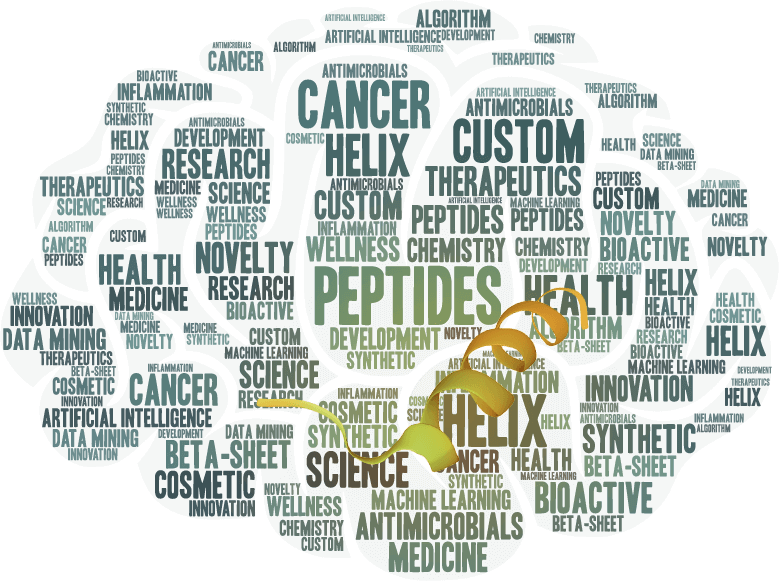
Our Team


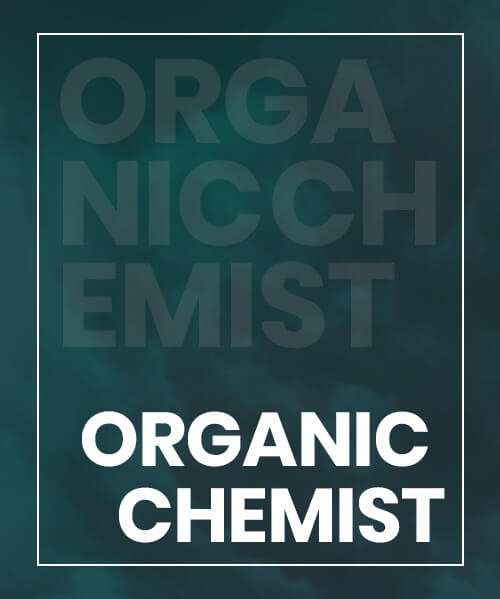
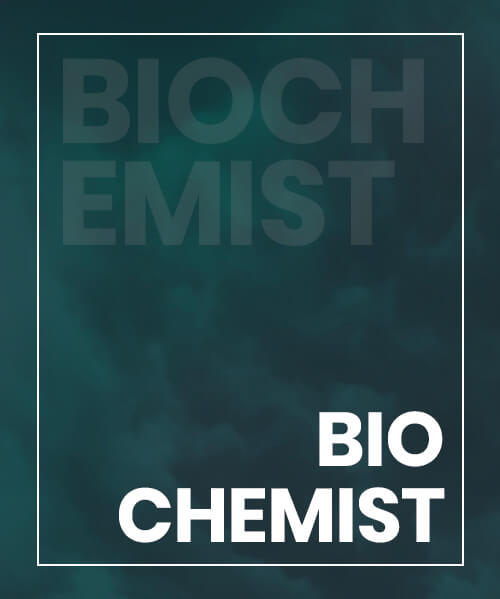

Contact us
Arta Peptidion draws on the decades of scientific experience of its staff to provide its clients with global scientific support.
If you are interested in any of our products and services, please email us at info@artapeptidion.com. We strive to provide highly satisfactory products and services.


